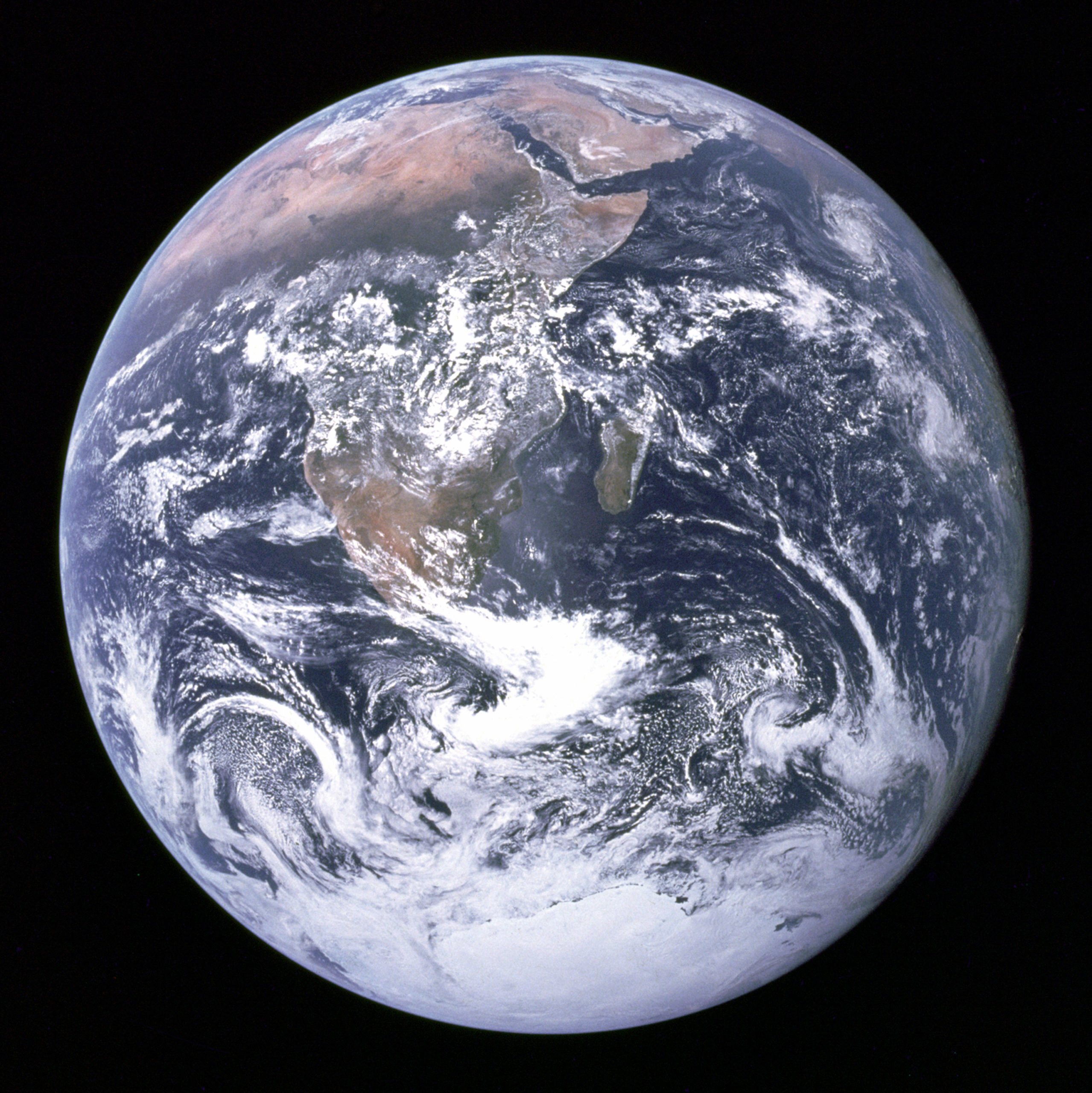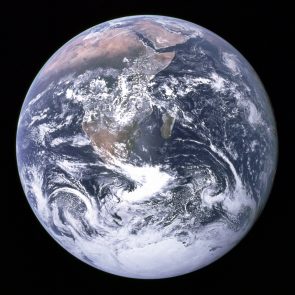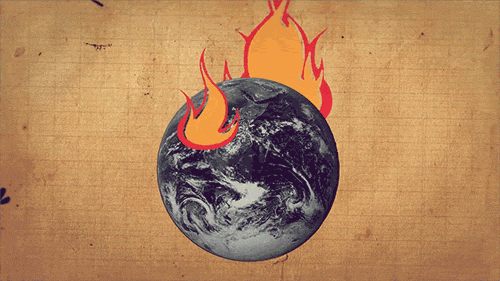As a second Trump administration approaches, we’re running out of time to confirm as many federal judges as possible to provide a check on his presidential power and curb his stated policy priorities.
Environmental Issues Are Women’s Issues

 Growing up in the Pacific Northwest, I have always held a deep appreciation for the environment. I spent my school days learning about climate change and fracking. I naïvely assumed I knew everything there was to know on environmental justice because I felt like I’d been surrounded by it my whole life. After all, I could tell the difference between a Sockeye and a Chinook with only a glance – and what better measure of environmental awareness is there than salmon identification? Then, when I came to the National Women’s Law Center and started working with experts on women’s issues, I was surprised to see a side of environmentalism that I had never considered: environmental issues are women’s issues.
Growing up in the Pacific Northwest, I have always held a deep appreciation for the environment. I spent my school days learning about climate change and fracking. I naïvely assumed I knew everything there was to know on environmental justice because I felt like I’d been surrounded by it my whole life. After all, I could tell the difference between a Sockeye and a Chinook with only a glance – and what better measure of environmental awareness is there than salmon identification? Then, when I came to the National Women’s Law Center and started working with experts on women’s issues, I was surprised to see a side of environmentalism that I had never considered: environmental issues are women’s issues.
At first glance, it might be easy to assume that the environmental justice movement and the movement for gender equality have little-to-no overlap. After all, environmental issues are all about weather, plants, and animals, while women’s rights focus more on objectives like equal pay and representation, right?
Wrong.
How do environmental justice and women’s issues overlap?
First of all, both environmental and women’s activism are extremely intersectional fights. In each area, individuals of varied races, ethnicities, economic status, gender, and citizenship status are disproportionately affected by these movements’ encompassing issues.
Reproductive justice regularly overlaps with environmental justice. Pollution, access to clean air and water, and other environmental factors all impact people who are, or hope to become, pregnant. From claims that oral contraceptives are bad for the environment because they leak damaging hormones into the water (spoiler alert: they don’t) to the controversial oral contraceptive trials the U.S. conducted on Puerto Rican women in the early days of the pill, birth control is just one of many overlapping reproductive and environmental issues.
Intersecting identities are crucial in connecting environmental to women’s issues. Groups like those in Flint, Michigan demonstrate how environmental racism prevents people from having access to water, health, reproductive, and countless other rights to which everyone is entitled.
Speaking out
Women are also leaders in environmentalism. They have been a constant voice in the fight for environmental justice over the years, one that can’t be ignored or silenced.
Among the many populations subject to climate change and environmental degradation, indigenous groups have been a leading presence in the fight against environmental injustice – partly because they are too often the group with the most to lose.
In the past year, Sioux at Standing Rock led the pivotal, nonviolent protest against the Dakota Access Pipeline in North Dakota, garnering widespread support from other Native and non-Native populations and winning their lawsuit in June. Indigenous women have been leaders in this fight, as the Dakota Access Pipeline threatens many basic human rights, including access to clean water and reproductive rights.
Around the world, indigenous people are combatting environmental injustice. Indigenous groups in Ecuador have been fighting the oil giant Chevron in multiple international courts for over two decades. First Nations groups in Canada have been fighting mining and its harmful health effects. The list goes on.
Why it’s more important than ever to advocate for women and the environment

Now, more than ever, it is crucial that we stand up and advocate for women and the environment. Environmental protection and women’s rights are in the cross-hairs of the Trump Administration.
Here are just four ways the Administration is harmful to and unsupportive of environmental justice:
- It’s no secret that Donald Trump has a long history of denying climate change.
- Trump removed the United States from the Paris Climate Agreement, a UN climate change agreement that focuses on combating climate change by reducing greenhouse gas emissions worldwide.
- He has been trying to move forward with DAPL, which would have serious repercussions on indigenous communities’ rights, despite promises the Obama administration made to end construction.
- Trump hired EPA head Scott Pruitt, who has since removed information on climate change from the EPA website, dismantled much of the Obama Administration’s environmental legislation, and focused on making budget cuts instead of protecting the environment.
So, where does this leave us?
Trump’s continued attack on environmental protections has severe implications for people everywhere. Now, more than ever, it is important for us to take action and stand in solidarity with groups that have led the way in fighting environmental injustices. We need to mirror the type of undiminished commitment that indigenous groups, women and environmental advocates alike have shown throughout the years. Most of all, we need to recognize that women’s rights activism and environmental activism share common goals and continue to further conversations that work toward broader, multifaceted solutions.
